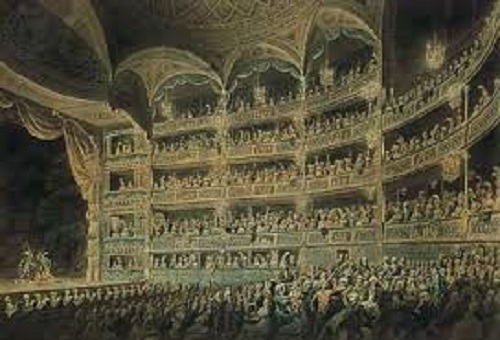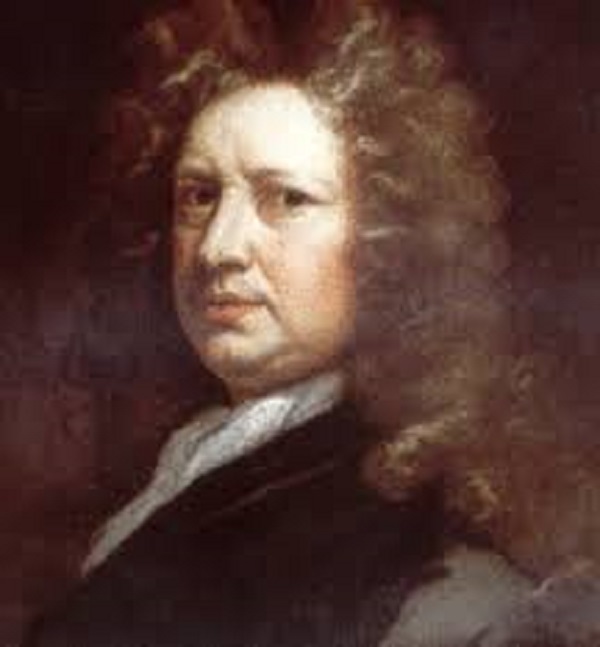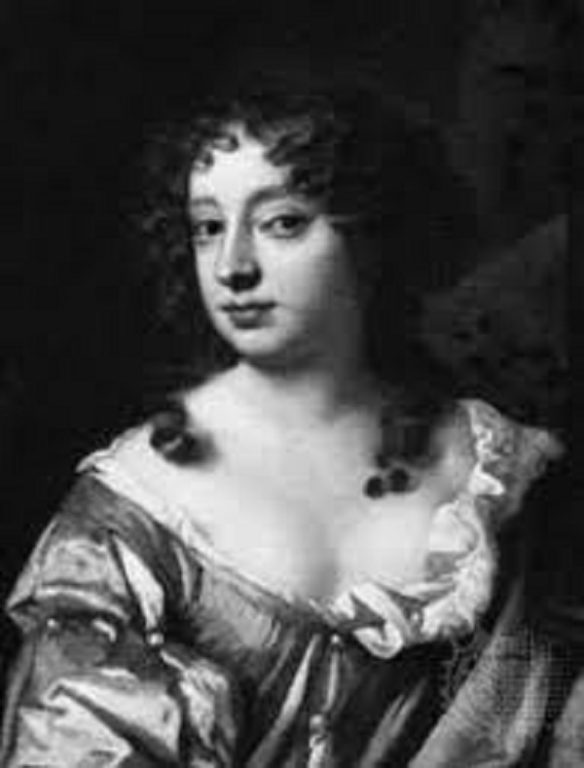English Restoration Era Theatre
Contents
The theatres before the year 1642 were supported by royalty. In the year 1642, a civil war broke out and resulted in the trial and execution of King Charles I of England. After this England became a republic which was ruled by parliament and a Council of State under the guidance of Oliver Cromwell.
He was an army officer of Puritan Era and later was declared as the Lord Protector of the United Commonwealth of Scotland, Ireland, and England in the year 1653.
Between the years 1642 and 1660, the Stuart family and their followers were forced to live in exile and that period is called Interregnum.
During the years of interregnum, Puritan was dominating and they considered theatres as hostile because entertainment according to them were considered sinful. They also considered actors and playwrights as crown supporters and hence they prohibited the staging of plays in London in 1642. Now theatres remained closed for the next 18 years under their rule.

However, the laws were broken sometimes and few secret performances took place in private houses or taverns for small audiences. But that was too risky, neither actors nor their audiences were safe.
Why Did Theatre Evolve During The Restoration Era?
Even after the restoration of the monarchy, people were in the same mood as they were in the interregnum period. They did not feel secure enough in terms of their country, faith, religion, and even their king. These things were witnessed in Shakespeare’s play as well as his contemporaries.
This resulted in a change of the literature of that period, with dramatic art being cynical or critical.

But Charles II did not give up and was known to be a very enthusiastic patron. He gave new life to the British Drama after being crowned. The theatres were then opened in the year 1660 and eventually began the performances.
Charles II also issued patents for two companies that recruited players:
- The Duke’s Men, A company led by William Davenant for younger performers.
- The King’s Company, A company led by Thomas Killigrew for an older and experienced person.
What Was The Restoration Period In Theatre?
Charles II spent most of the time of his exile in France in the court of Louis XIV. Louis was fond of theatres and they flourished a lot under him. So it was very natural for Charles to be under French influence upon his return.
The French Playwrights like Corneille and Racine had helped to set up the base for neoclassical tragedy standard. Moliere also set up the plots for farce writing. Other than this, many other playwrights supported English writers to provide them with ideas and plots for some time.
Were Actors Just Men of The Restoration Period?
Since the classical age, the role of women was played by young boys in the theatre. But with the advent of the restoration period employing professional actresses became a new trend. Hence one of the most important innovation during the restoration period was the introduction of women as actresses to perform on stage in the theatres
What Is Comedy Of Manners In The Restoration Period?
A most popular subgenre of the restoration comedy was the comedy of manners. Their ultimate goal was to uphold the status quo. This type of plays scrutinized and ridiculed the manners and rules of the upper-class society. They provided the last-minute commentary on the desire, class and the market of marriage.
The tone of plays of the comedy of manners is very cynical and cylindrical. The language and actions of such plays were explicitly sexual. The characters of the plays were filled with greed, lust, and revenge, while their main aim was a depiction of courtship, fraud, cuckoldry and gulling.
The most appealing feature about these plays is the contrast between the two pair of lovers.
Some of the best examples of the plays of the comedy of manners are
- The School for Wives (1662) and The Misanthrope(1666) by Moliere
- The Country Wife(1675) by William Wycherley
- The Way of World(1700) by William Congreve
- She Stoops to Conquer(1773) by Oliver Goldsmith
Who Went To The Theatre In The Restoration Period?
Although it is evident that restoration comedy laid its foundation by the wealthy upper-class audience, but by the end of the era there was a classified and diversified audience in the theatre.
Many provisions were made for the ownership of part of the playhouses and auditorium like graded seat prices and different seating zones. As a result of this actors also enjoyed playing different roles in various parts of the houses.
The regular audience of the theatre was made up by the city merchant, their wives and even their servants who preoccupied the best seats for their owners. Apart from this a growing middle class and some vocal group of critics and fop attended these theatres regularly.
There was an electrifying relationship between the audience and the players in the restoration theatres as there was no concept of “fourth wall”. Players could directly address the audience and take them into their confidence.
What Kind Of Theatres Were Built After The Restoration Era?
There were only two legitimate theatres permitted in London which were the Royal Theatres, licensed by the King and Patent Theatres, licensed by patented documents.
In the restoration period, two playhouses that were managed by William Davenant and Thomas Killigrew were turned to legitimate houses. They were made after passing the Licensing Act of 1737 by the Parliament.
The two theatres then were the Convent Garden and Drury Lane. Other than this Cockpit Theatre, Lincoln’s Inn Field and Dorset Garden Theatre was also inaugurated during the restoration period.

Short Plays, Operas, Melodramas, and some Illustrated lectures were permitted in this type of theatres.
Actors and Actress of Restoration Era
The most famous actor of the era was Thomas Betterton. Other than him David Garrick was also a famous actor, a great playwright and theatre manager.

The first few female actresses of the restoration period are Nell Gwynn, Elizabeth Barry, Anne Bracegirdle.
